The third Release Candidate (RC3) for WordPress 5.9 is here!
Thank you to everyone who has contributed thus far toward testing and filing bugs to help make WordPress 5.9 a great release. WordPress 5.9 is slated to land in just one week—on January 25, 2022. You still have time to help! Since RC2 arrived last week, testers have found and fixed two bugs, 14 fixes from Gutenberg. There has been one additional Gutenberg fix today.
Testing the release
You can test the WordPress 5.9 release candidate in three ways:
Option 1: Install and activate the WordPress Beta Tester plugin (select the “Bleeding edge” channel and “Beta/RC Only” stream).
Option 2: Download the beta version here (zip).
Option 3: When using WP-CLI to upgrade from Beta 1, 2, 3, 4, RC1, or RC2 on a case-insensitive filesystem, please use the following command sequence:
Command One:
wp core update --version=5.9-RC3
Command Two:
wp core update --version=5.9-RC3 --force
Your help to test the third Release Candidate is vital: the more testing that happens, the more stable the release, and the better the experience for users, developers, and the WordPress community.
Thank you to all contributors who tested the RC2 release and gave feedback. Testing for bugs is a critical part of polishing every release and is a great way to contribute to WordPress.
How to help
Help test WordPress 5.9 features – this post provides a guide to set up your testing environment, a list of testable features, and information about how to submit feedback you find as you go.
Skilled in languages other than English? Help translate WordPress into more than 100 languages! Thanks to every locale that is working on translations.
Developers and those interested in more background to the features can find more in the Field Guide. You can also follow the 5.9 development cycle and timeline.
If you have found a bug, you can post the details to the Alpha/Beta area in the support forums.
If you are comfortable writing a reproducible bug report, you can file one on WordPress Trac, where you can also check the issue against a list of known bugs.
For their help in compiling this post, props to @cbringmann, @webcommsat, @psykro,@marybaum, @chanthaboune, @davidbaumwald, and @hellofromtonya.
Listen as host Cal Evans talks to Matthew Setter about his new book “Docker Essentials”. Matthew talks about how his book helps PHP developers grasp the concepts of how to “dockerize” your PHP applications and deploy to production with ease.
The post Interview with Matthew Setter appeared first on Voices of the ElePHPant.
Latest PECL Releases:
Package:
Summary:
Create AJAX applications using the Mezon framework
Groups:
Author:
Description:
This package facilitates to create AJAX applications using the Mezon framework...
Read more at https://www.phpclasses.org/package/12357-PHP-Create-AJAX-applications-using-the-Mezon-framework.html#2022-01-17-23:55:40
As we greet a new year, WordPress’ Executive Director writes a letter to the project and community that speaks to the hopes of the year ahead.
Have a question you’d like answered? You can submit them to wpbriefing@wordpress.org, either written or as a voice recording.
Credits
Transcript
Josepha Haden Chomphosy 00:10
Hello, everyone, and welcome to the WordPress Briefing. The podcast where you can catch quick explanations of the ideas behind the WordPress open source project, some insight into the community that supports it, and get a small list of big things coming up in the next two weeks. I’m your host, Josepha Haden Chomphosy. Here we go!
Josepha Haden Chomphosy 00:40
Yesterday marked three years since the WordPress project welcomed me as their executive director. As I start my fourth year, I’ve spent a bit of time considering what the next five years will bring us. WordPress will turn 19 this year, which means that we will soon be a whopping 20 years old; for some of the people who have been with the project since the beginning, that can represent two-thirds of their whole life. And even if you were not that young when you got here, two decades as an open source project is really a cause for celebration.
Josepha Haden Chomphosy 01:10
I am not in that group that has been here forever. I showed up for the first time in 2009, as a community organizer, self-sponsored, and I learned so much about myself as a person and as a leader while I was doing that. So when I arrived as a sponsored contributor in 2015, I already knew exactly what made this work so fulfilling for me was these three things:
Josepha Haden Chomphosy 01:34
First, the ability to lend a hand in those moments where I wish someone had lent a hand.
Josepha Haden Chomphosy 01:40
Second is the delight of seeing people’s first successes and the joy of watching them grow over time.
Josepha Haden Chomphosy 01:48
And the third was a chance to be part of something great, which turned out to be something greater; greater than me or you or a CMS.
Josepha Haden Chomphosy 01:58
This list is still at the heart of what I feel I get out of the WordPress project. But it has also grown substantially in my seven years as a sponsored contributor. I now also love how we as a community of contributors get to foster a better way to lead and a better way to collaborate. And through those things help people find a way to have a better life. Not just through WordPress, the CMS, but through WordPress, the people, and WordPress, the project.
Josepha Haden Chomphosy 02:25
And so when I think of what I want for WordPress in its 19th year, so that we can head with confidence and dignity into our 20th year, it is this:
Josepha Haden Chomphosy 02:35
I want you to remember that you are not alone here. People come together in the world often because of a shared location. But WordPress fosters this beautiful experience of bringing us together because of what we care about. Whether you care about PHP standards, diversity in technology, helping people with their first big wins, making WordPress more secure. I mean, if what you care about is being able to write the most arcane and complex apps on top of WordPress that the world has ever seen. Then there are others out there who want to do that with you, too. We have so many things to connect about. And fortunately, we support a great piece of software for getting our thoughts out in the world. Take some time to see who else shares your thoughts and potentially learn a bit about the view from the other side.
Josepha Haden Chomphosy 03:26
And speaking of the other side, I also want us to approach our discussions as the US versus the Problem TM. WordPress may be 20 years old, and we may stand on the shoulders of giants, but right now, the people who are here you, you are explorers and creators and guides toward the best possible future for WordPress. The tension that we witness between teams is always about the best possible answers for the people who use our software. It is about securing the freedoms of the open web for everyone who comes after us whether they know they need those freedoms or not.
Josepha Haden Chomphosy 04:04
And finally, I want us to expand our reasons for doing this at all. If you are a member of the community of contributors, We frequently talk about how we give back because WordPress gave to us. Or if you are part of a Five for the Future group. You have heard that companies who have experienced success because of WordPress should commit 5% of their resources back to the project to ensure WordPress’ long-term success. But the reason that I keep doing this, and hopefully a new reason for you to keep doing this is that we can take part in securing opportunities for future users of WordPress.
Josepha Haden Chomphosy 04:42
Yes, I want WordPress to be the best CMS. Yes, I want this community to be vibrant and engaged. Yes, I want WordPress to be a shining beacon of how to work remotely. And I want all of that because I know it is our careful and tireless stewardship of this project that lets us continue to lend a hand in those moments where people wish for someone to lend a hand.
Josepha Haden Chomphosy 05:11
Those are my hopes for WordPress in 2022 to move us forward into WordPress of the future. I hope you all will come with me and we can continue our journey together.
Josepha Haden Chomphosy 05:23
Thanks again for listening. I’m Josepha Haden and this is the WP Briefing. See you again in a couple of weeks.
The components that make up a typical WordPress theme haven’t changed much over the years. So much so that project co-founder Matt Mullenweg quipped that the old school Kubrick theme (released in 2005) still works with modern versions of the content management system.
Sure, theme developers have bolted on their own additions. We’ve seen everything from complex settings UIs to integrated page builders. But at their core, themes have maintained a consistent structure. That is, until the introduction of block themes.
Block themes are set to become the future of WordPress. They’ll change the way we build and maintain websites. In addition, they are more tightly integrated with the Gutenberg block editor than their “classic” counterparts.
Wondering what all the fuss is about? Today, we’ll fill you in on the basics of WordPress block themes. Along the way, we’ll explore how they compare and contrast to traditional themes. Let’s get started!
Why Block Themes?
For the first few years of its existence, the block editor has been primarily a means to style and build content. When combined with a classic theme, this meant that pages and posts could be crafted to your heart’s desire.
When it comes to making changes that impact the entire theme, the WordPress Customizer has remained the go-to resource. This tool provides access to design and layout settings that have been made available by the theme’s author. If it’s not in the Customizer, you’ll likely have to dig into code.
However, one of the key tenets of the block editor has been to create a more unified interface within the WordPress dashboard. We’ve already seen this happen with the Widgets screen moving to a block-based UI. The Customizer simply doesn’t fit this mold.
The introduction of Full Site Editing (FSE) is the next step in this process. It goes beyond just styling up our pages and posts. Now, every aspect of a theme’s design (header, footer, page templates, etc.) can be managed directly within WordPress.
Block themes serve as the gateway to this functionality. As such, they’re built exclusively with blocks in mind.

The Inner Workings of a WordPress Block Theme
There aren’t a ton of similarities between classic and block themes. But both have a set of basic rules that guide their makeup. If you were to download a block theme and navigate its file structure, a few key contrasts may stand out.
Template Files Are HTML, Rather than PHP
In a classic theme, you’ll find template files with names such as index.php and header.php. Block themes do away with PHP and instead carry the .html file extension.
Inside, a template file contains a combination of HTML and block markup. For example, let’s take a look at this template from the official WordPress documentation:
<!-- wp:site-title /-->
<!-- wp:image {"sizeSlug":"large"} -->
<figure class="wp-block-image size-large">
<img src="https://cldup.com/0BNcqkoMdq.jpg" alt="" />
</figure>
<!-- /wp:image -->
<!-- wp:group -->
<div class="wp-block-group">
<!-- wp:post-title /-->
<!-- wp:post-content /-->
</div>
<!-- /wp:group -->
<!-- wp:group -->
<div class="wp-block-group">
<!-- wp:heading -->
<h2>Footer</h2>
<!-- /wp:heading -->
</div>
<!-- /wp:group -->
Block markup looks an awful lot like HTML comments. But it includes syntax for calling specific blocks into the template. The WordPress Full Site Editing website has a handy reference that includes markup for each default block.
And if this type of code seems familiar, you may have seen something similar inside Gutenberg’s code editor view.
The Use of Folders
Classic themes are capable of storing templates within folders, but it’s not a necessity. Block themes require a couple of subfolders:
/parts
Contains reusable items such as the header, footer, and sidebar.
/templates
Houses templates for various types of content. Items like pages, post archives, and, singular posts are common examples. Note that their naming convention follows the WordPress template hierarchy – another similarity with classic themes.
One of the positive side effects of this arrangement is that themes will be better organized. Having a standardized folder structure means less time spent searching for a particular file.
Theme.json Styling
The theme.json file is used to assign default settings to the block editor. This means, among other things, that it’s possible to set default color palettes, typography, and spacing. Settings can be sitewide or applied to specific blocks.
Since theme.json will automatically generate the appropriate CSS based on its configuration, you may not need to fill up a theme’s style.css file quite so much. In that scenario, the stylesheet is used to define a few basics, while everything else relies on this newfangled file.

Creating and Editing Templates
WordPress has long provided the ability to edit a theme’s template files directly within the dashboard. This was often discouraged, as even a small coding error could render a website inaccessible. Not to mention the possibility of changes being overwritten when a theme is updated (thus, part of the reason for using a child theme). Some developers turn off the feature altogether to avoid even a remote chance of catastrophe.
But block themes are all about editing within the dashboard. Templates that are included with a theme can be tweaked via the block editor, and new custom templates can be created as well.
As you might expect, code is completely optional in this scenario. Everything can be edited via the new Site Editor (Appearance > Editor – WordPress 5.9 or above required) which replaces the legacy Customizer when a block theme is activated. And, just like pages or posts, the Site Editor uses the familiar block editor UI.
And that’s not all. Whatever changes you make within WordPress can be exported. This would enable you to use your customized block theme on multiple websites.
This lowers the barrier to entry for those who want to customize or even create themes. Now, a basic eye for design and a working knowledge of blocks can lead to a custom website.

Things to Keep in Mind
Before you dive in and switch all of your websites to use block themes, there are a few things you should know.
First and foremost, block themes are a nascent technology. Not all features have been finalized and some best practices need to be ironed out. Plus, we’re just starting to see how these themes work in a production environment. Expect several changes as things evolve.
If you build sites for clients and want to maintain some future flexibility, hybrid themes may be of interest. They allow for the use of FSE features while still maintaining the PHP structure of a classic theme. You can even retrofit an existing theme to use this functionality.
Finally, block themes do not spell the end for classic themes – at least not for the foreseeable future. With that, the transition to this new way of theming doesn’t have to be immediate. It’s OK, for example, to experiment with blocks in a local environment while still relying on your favorite classic themes in production.

Block Theme Resources
If you’d like to learn more about WordPress block themes, there are some outstanding resources available. Here are a few of our favorites:
The post An Introduction to WordPress Block Themes appeared first on Speckyboy Design Magazine.
Package:
Summary:
Manage content site edited visually in the browser
Groups:
Author:
Description:
This package can manage content sites edited visually in the browser...
Read more at https://www.phpclasses.org/package/12356-PHP-Manage-content-site-edited-visually-in-the-browser.html#2022-01-16-16:49:14
Package:
Summary:
Manage collections of articles using API requests
Groups:
Author:
Description:
This package can manage collections of articles using API requests...
Read more at https://www.phpclasses.org/package/12355-PHP-Manage-collections-of-articles-using-API-requests.html#2022-01-15-19:57:13
Package:
Summary:
Remove unsafe tags from HTML strings
Groups:
Author:
Description:
This package can remove unsafe tags from HTML strings...
Read more at https://www.phpclasses.org/package/12354-PHP-Remove-unsafe-tags-from-HTML-strings.html#2022-01-14-16:21:25

IndexNow Plugin – Microsoft Bing’s WordPress plugin will submit your content to multiple search engines without having to register or verify your website.
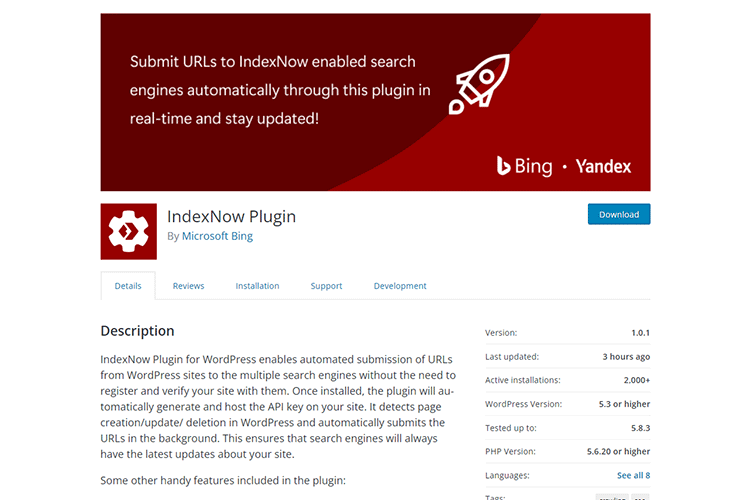
Crafting Scroll Based Animations in Three.js – This tutorial will demonstrate creating a scroll-based animation using WebGL.

Smoothly Reverting CSS Animations – A technique for ensuring your CSS animations revert gracefully.
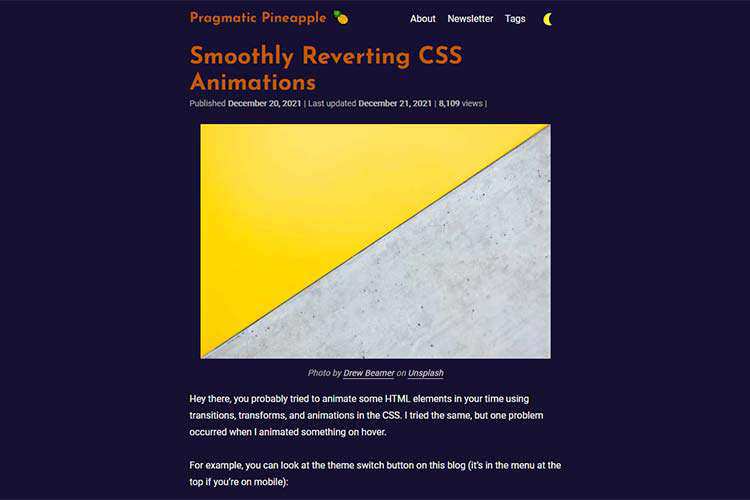
CSS in 2022 – Here’s what to expect from CSS in the new year.
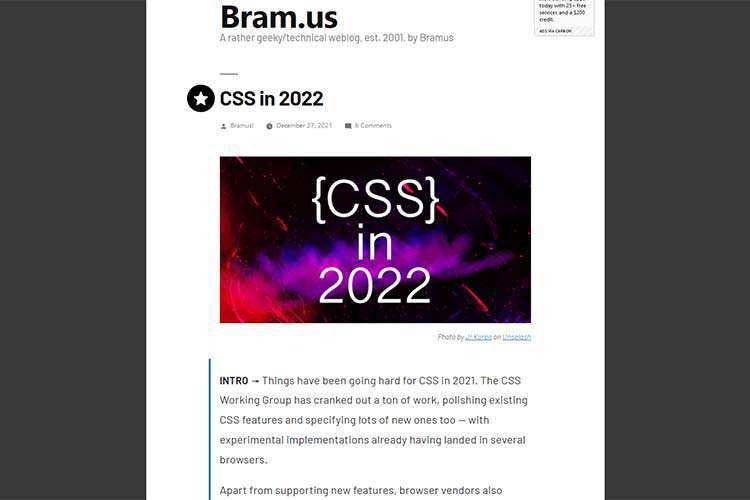
octolink – Check out this link sharing app for GitHub repositories.
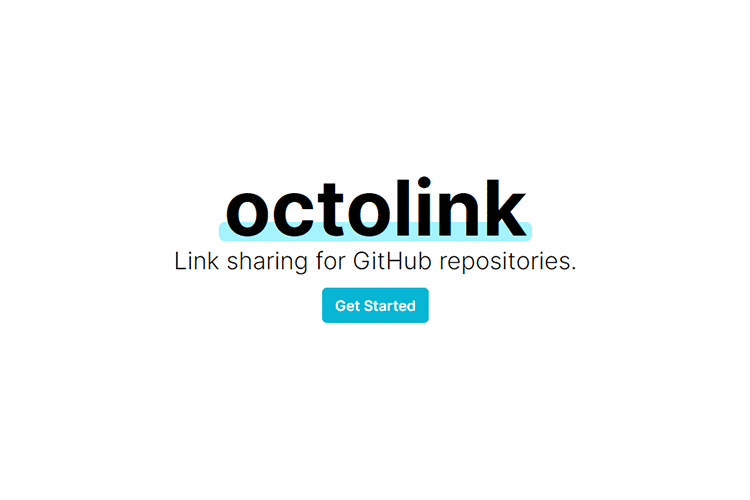
The Year in Type – Look back at some typographic highlights from 2021.
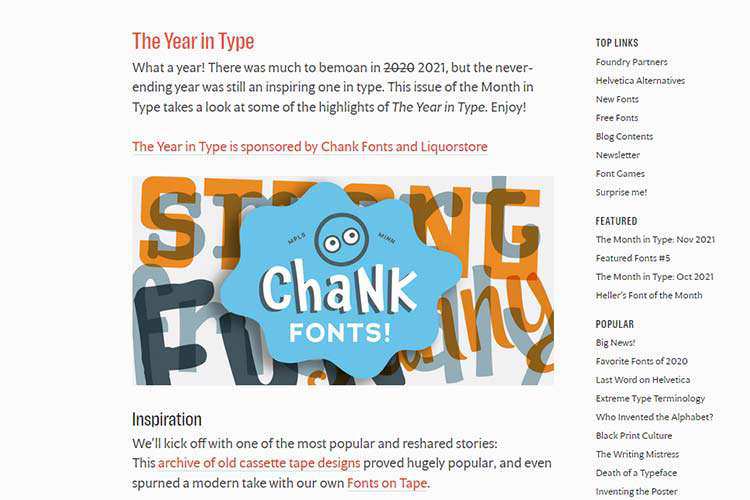
A not so gentle intro to web3 – Get up to speed on the good, bad, and ugly of Web3.
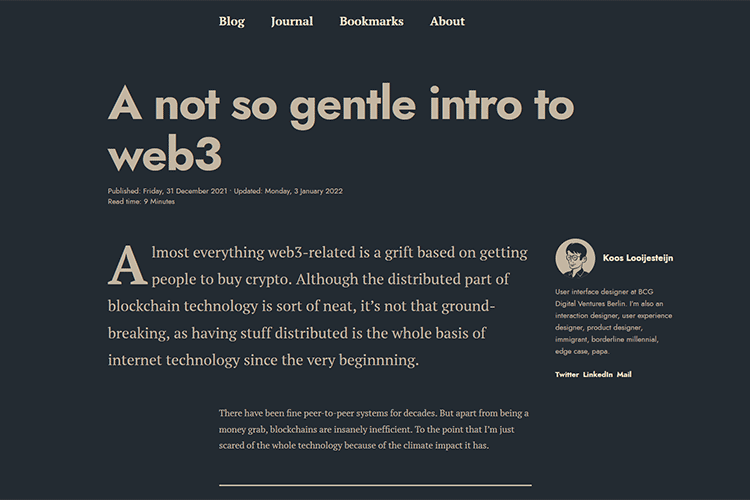
Should You Charge for Website Project Estimates? – Feel like you’re wasting valuable time with project estimates? Charging a fee may be the solution.

The 10 Best Free Security Plugins for WordPress – Keep your WordPress website safe with this collection of free plugins.

Should CSS Override Default Browser Styles? – Some thoughts on drawing a line between what should or shouldn’t be tweaked by CSS.
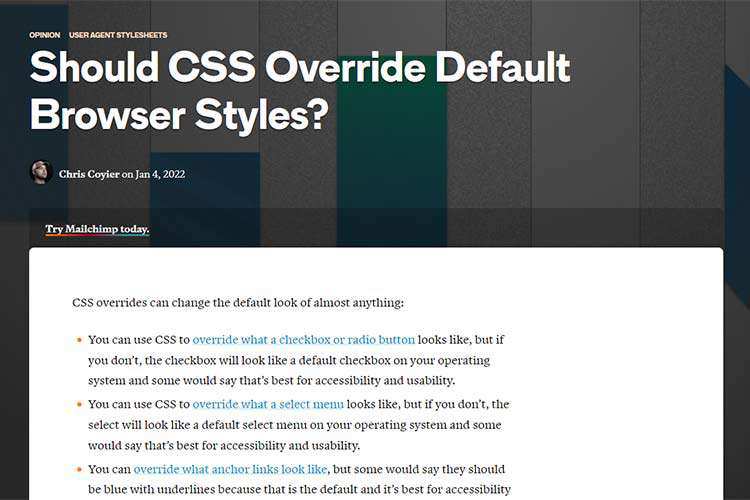
8 techniques to write cleaner JavaScript code – Tips for crafting squeaky-clean JavaScript.
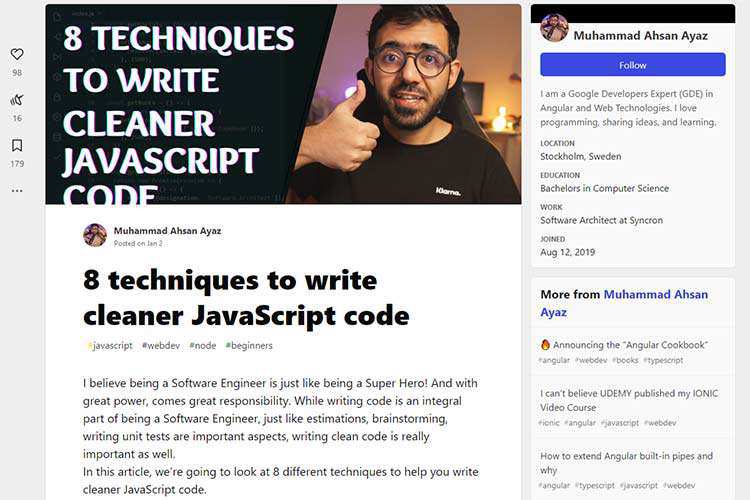
Free Figma Bootstrap 5 UI Kit – Get your projects off to a quick start with this collection of prebuilt components and layouts.
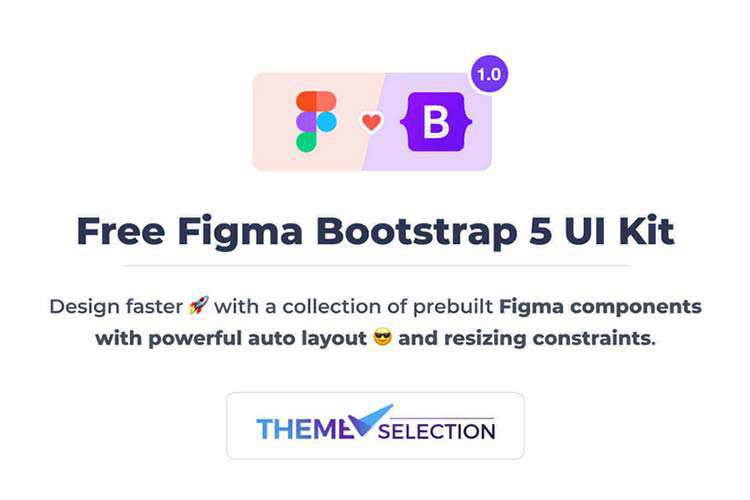
Accessibility posters – Use this collection of posters as a reference for designing more accessible services.
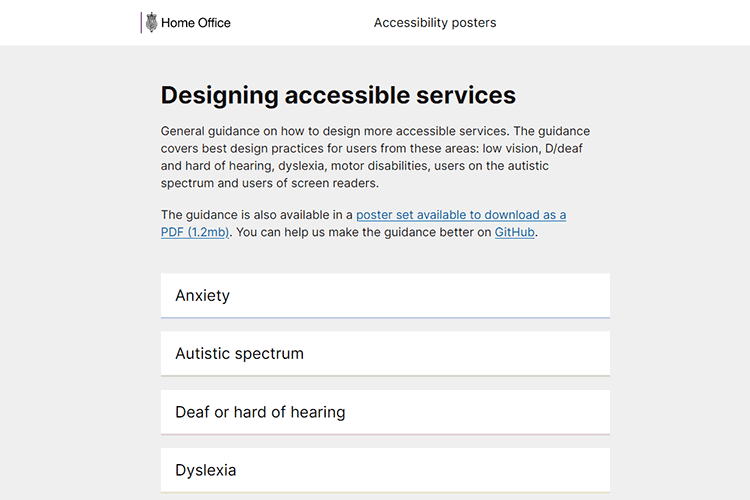
Pika – This web-based tool will help you build beautiful screenshots.
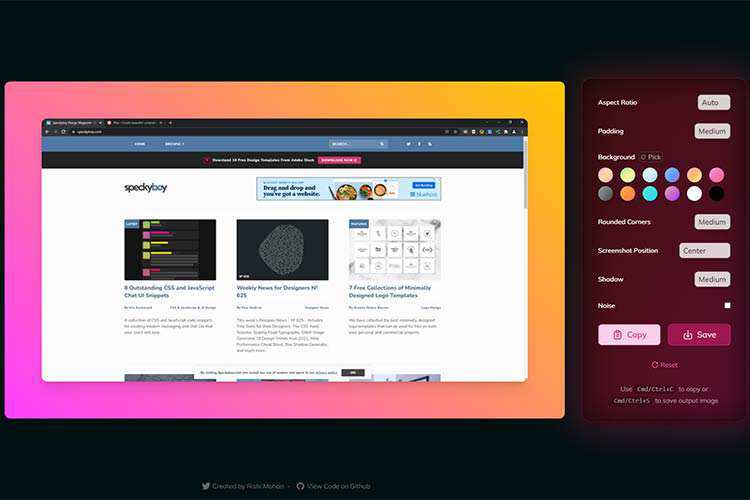
Promoting Your Freelance Services the Right Way – Three ways designers often drive the wrong kind of traffic to their websites.

Olson Brand Identity and Style Guide – Use this collection of free Figma components to create a branding guide for your projects.
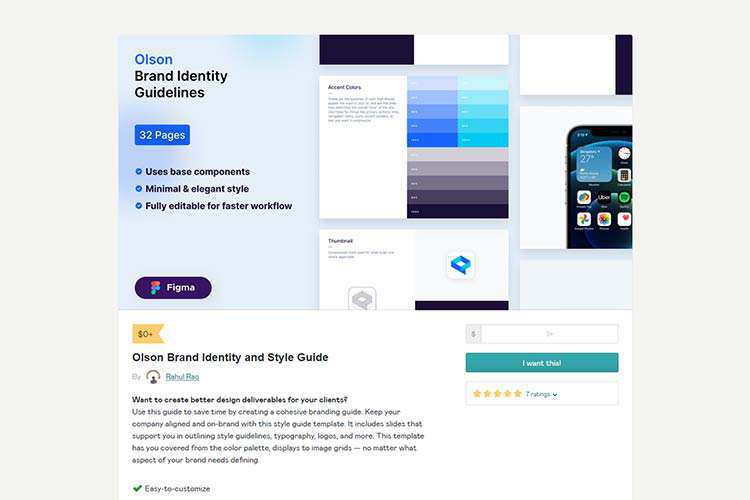
8 Magical CSS & JavaScript Snippets Celebrating Harry Potter – Celebrate the wizarding world with these fun code snippets.

Squidge – Use this free WordPress plugin to compress your images utilizing the latest techniques.
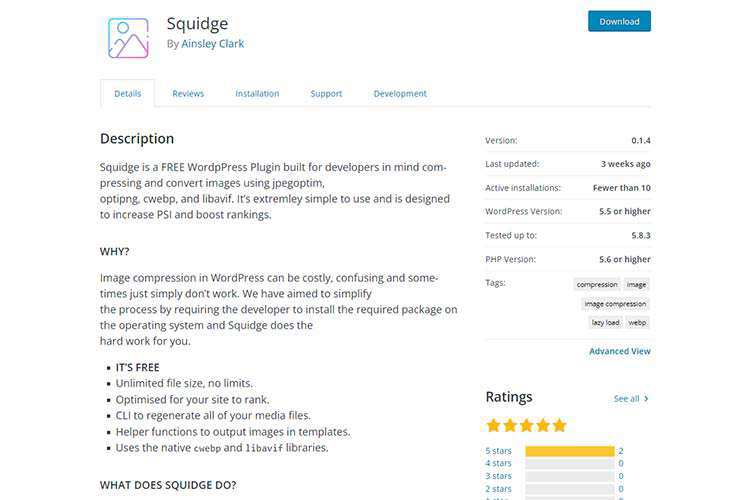
The post Weekly News for Designers № 626 appeared first on Speckyboy Design Magazine.
























